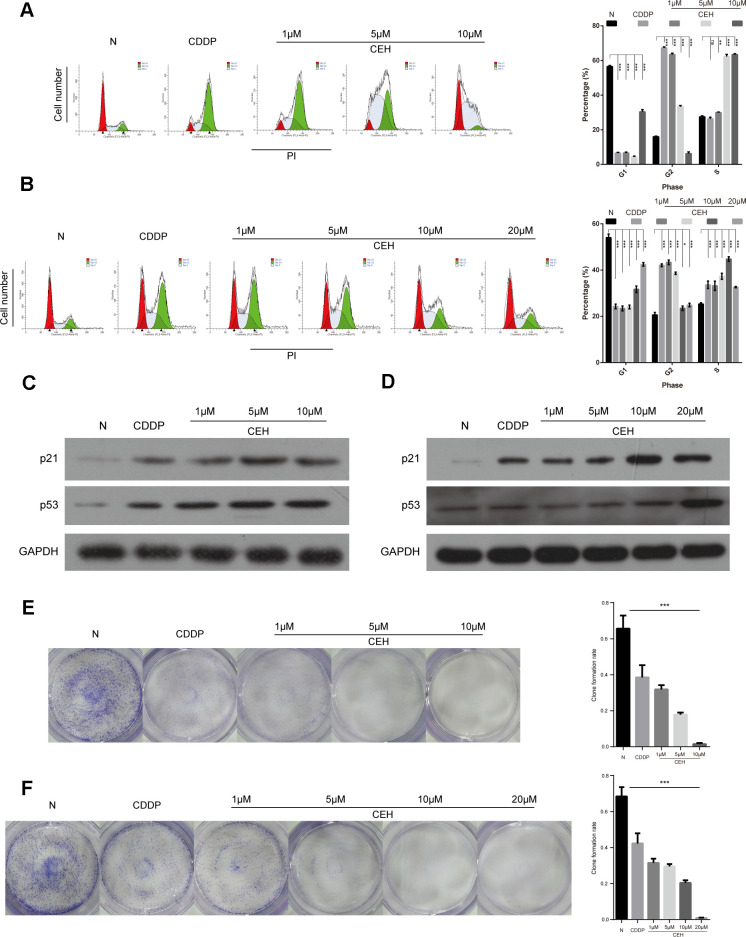Pengjun Zhou
Pengjun Zhou
1 Guangzhou Jinan Biomedicine Research and Development Center, Guangdong Provincial Key Laboratory of Bioengineering Medicine, College of Life Science and Technology, Jinan University, Guangzhou 510632, Guangdong, P. R. China
2 Department of Pathogen Biology and Immunology, School of Basic Course, Guangdong Pharmaceutical University, Guangzhou 510006, Guangdong, P. R. China
1,2,#,
Rong Zhang
Rong Zhang
3 State Key Laboratory of Oncology in South China and Collaborative Innovation Center for Cancer Medicine, Sun Yat-sen University Cancer Center, Guangzhou 510060, Guangdong, P. R. China
3,#,
Ying Wang
Ying Wang
1 Guangzhou Jinan Biomedicine Research and Development Center, Guangdong Provincial Key Laboratory of Bioengineering Medicine, College of Life Science and Technology, Jinan University, Guangzhou 510632, Guangdong, P. R. China
1,
Dandan Xu
Dandan Xu
4 Guangdong Food and Drug Vocational College, Guangzhou 510520, Guangdong, P. R. China
4,
Li Zhang
Li Zhang
5 Guangzhou Institute of Pediatrics, Guangzhou Women and Children’s Medical Center, Guangzhou Medical University, Guangzhou 510623, Guangdong, P. R. China
5,
Jinhong Qin
Jinhong Qin
1 Guangzhou Jinan Biomedicine Research and Development Center, Guangdong Provincial Key Laboratory of Bioengineering Medicine, College of Life Science and Technology, Jinan University, Guangzhou 510632, Guangdong, P. R. China
1,
Guifeng Su
Guifeng Su
1 Guangzhou Jinan Biomedicine Research and Development Center, Guangdong Provincial Key Laboratory of Bioengineering Medicine, College of Life Science and Technology, Jinan University, Guangzhou 510632, Guangdong, P. R. China
1,
Yue Feng
Yue Feng
1 Guangzhou Jinan Biomedicine Research and Development Center, Guangdong Provincial Key Laboratory of Bioengineering Medicine, College of Life Science and Technology, Jinan University, Guangzhou 510632, Guangdong, P. R. China
1,
Hongce Chen
Hongce Chen
2 Department of Pathogen Biology and Immunology, School of Basic Course, Guangdong Pharmaceutical University, Guangzhou 510006, Guangdong, P. R. China
2,
Siyuan You
Siyuan You
2 Department of Pathogen Biology and Immunology, School of Basic Course, Guangdong Pharmaceutical University, Guangzhou 510006, Guangdong, P. R. China
2,
Wen Rui
Wen Rui
2 Department of Pathogen Biology and Immunology, School of Basic Course, Guangdong Pharmaceutical University, Guangzhou 510006, Guangdong, P. R. China
2,
Huizhong Liu
Huizhong Liu
6 Department of Hepatobiliary Surgery, Xijing Hospital, Fourth Military Medical University, Xi’an 710032, Shanxi, P. R. China
6,
Suhong Chen
Suhong Chen
4 Guangdong Food and Drug Vocational College, Guangzhou 510520, Guangdong, P. R. China
4,
Hongyuan Chen
Hongyuan Chen
2 Department of Pathogen Biology and Immunology, School of Basic Course, Guangdong Pharmaceutical University, Guangzhou 510006, Guangdong, P. R. China
7 Guangdong Provincial Engineering Center of Topical Precise Drug Delivery System, Guangdong Pharmaceutical University, Guangzhou 510006, Guangdong, P. R. China
2,7,✉,
Yifei Wang
Yifei Wang
1 Guangzhou Jinan Biomedicine Research and Development Center, Guangdong Provincial Key Laboratory of Bioengineering Medicine, College of Life Science and Technology, Jinan University, Guangzhou 510632, Guangdong, P. R. China
1,✉
1 Guangzhou Jinan Biomedicine Research and Development Center, Guangdong Provincial Key Laboratory of Bioengineering Medicine, College of Life Science and Technology, Jinan University, Guangzhou 510632, Guangdong, P. R. China
2 Department of Pathogen Biology and Immunology, School of Basic Course, Guangdong Pharmaceutical University, Guangzhou 510006, Guangdong, P. R. China
3 State Key Laboratory of Oncology in South China and Collaborative Innovation Center for Cancer Medicine, Sun Yat-sen University Cancer Center, Guangzhou 510060, Guangdong, P. R. China
4 Guangdong Food and Drug Vocational College, Guangzhou 510520, Guangdong, P. R. China
5 Guangzhou Institute of Pediatrics, Guangzhou Women and Children’s Medical Center, Guangzhou Medical University, Guangzhou 510623, Guangdong, P. R. China
6 Department of Hepatobiliary Surgery, Xijing Hospital, Fourth Military Medical University, Xi’an 710032, Shanxi, P. R. China
7 Guangdong Provincial Engineering Center of Topical Precise Drug Delivery System, Guangdong Pharmaceutical University, Guangzhou 510006, Guangdong, P. R. China
✉Correspondence to: Yifei Wang, twang-yf@163.com
✉Hongyuan Chen, hychen@gdpu.edu.cn
Collection date 2021 Jan 5.
Copyright: © 2021 Zhou et al.
This is an open access article distributed under the terms of the Creative Commons Attribution License (CC BY 3.0), which permits unrestricted use, distribution, and reproduction in any medium, provided the original author and source are credited.



